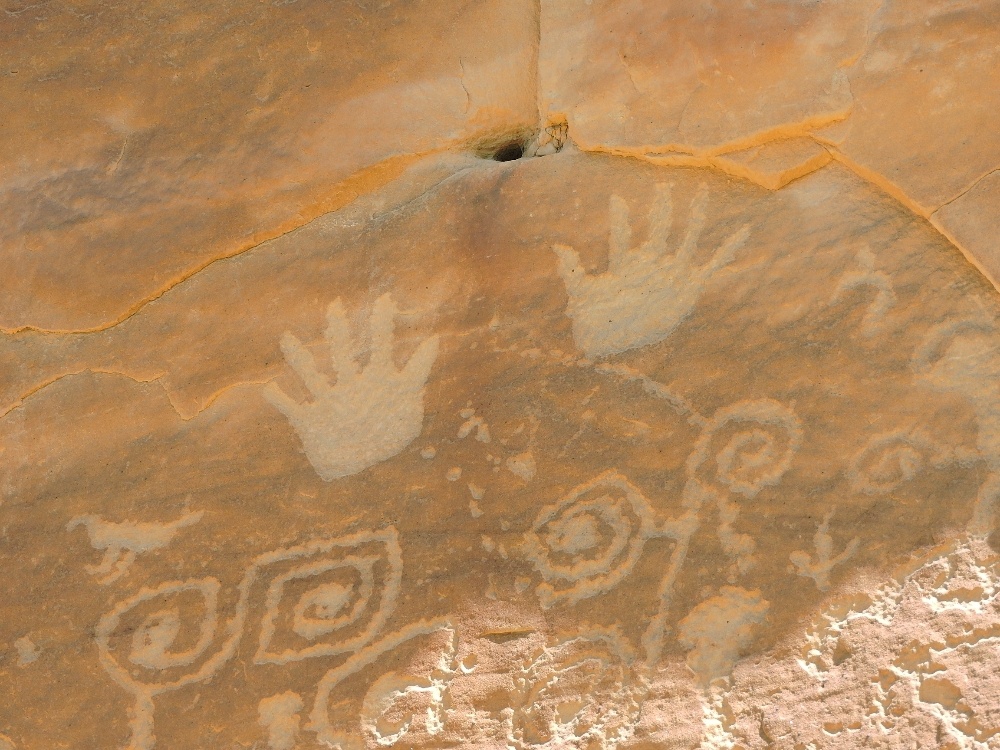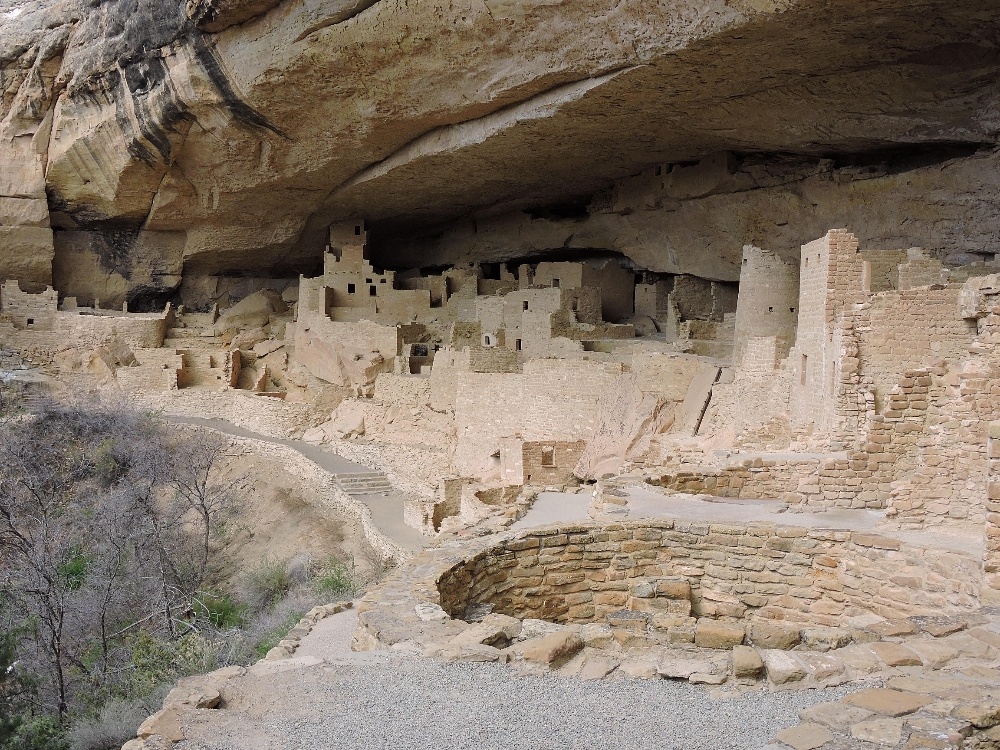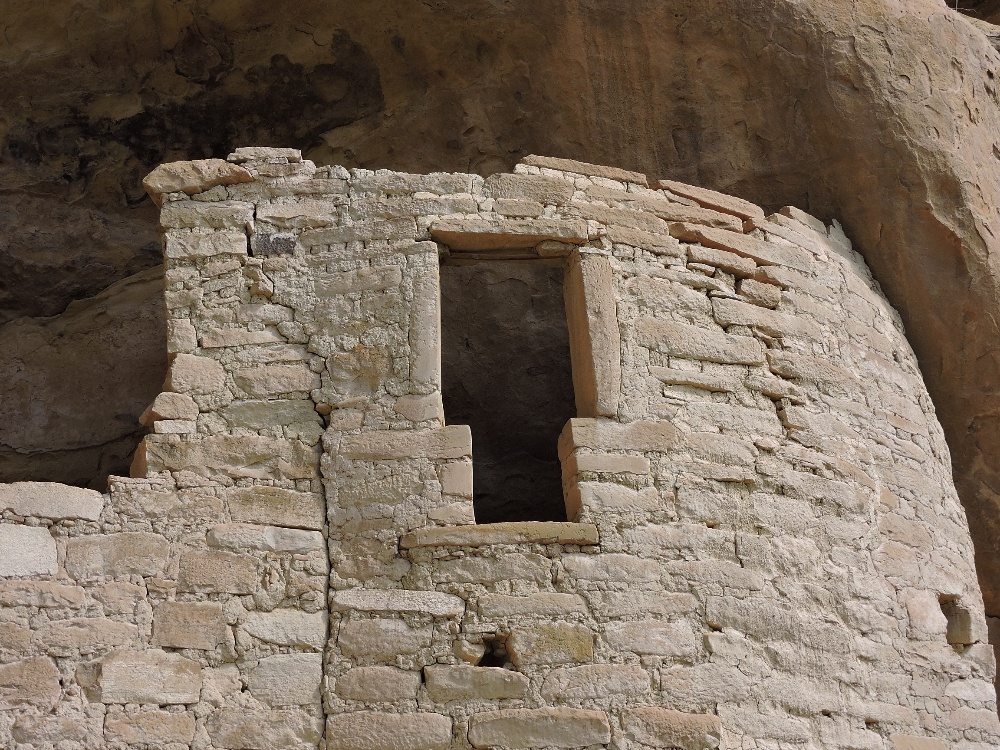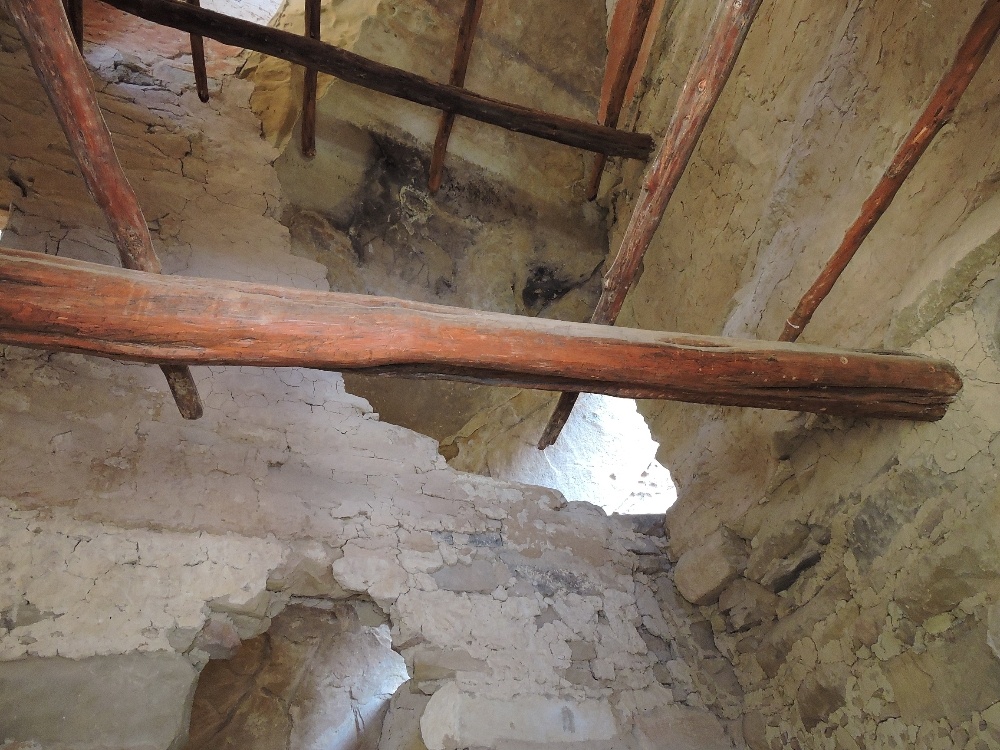W hen I developed my route for the Tour of Gondwana, I knew that the end point was going to be the Grand Canyon, but before reaching that impressive site I also wanted to visit several of the other great National Parks of the American Southwest, including a handful in Utah and Mesa Verde in Colorado. However, as is often the case, time and money pressures forced me to modify my plans. I first jettisoned the parks in Utah, but still hoped to get to Mesa Verde, especially since it is a WHS. In the end, I had to skip a visit there as well, which was quite disappointing. Therefore, it seemed fitting that I should choose that park as the first WHS to be visited during the World2 Tour.
The practicalities for visiting this park by cycling are fairly typical for a western park. There are a handful of possible routes for the approach that could fit in with any tour that passes through the Four Corners region of the USA. The road into the Park itself is above average for a National Park road, in terms of surface conditions, but it includes over 500 meters of elevation gain from the main entrance, then a similar loss, which must be ridden twice, going in and out of the park. On the plus side, this climb switchbacks much more than most of the others in this region, and therefore offers up many spectacular views during the ascent. With that in mind, I decided to stay inside the park instead of camping just outside the entrance, as I had originally planned. However, the main campground inside the park had not yet opened for the year, and also the weather forecast for the day I was to arrive called for cloudy conditions with rain likely in the afternoon. So I decided to book a room in the park lodge to make things easier. However, I should have waited to make the reservation until I knew for sure that I was going to arrive on time. In reality, instead of rain on the day of my planned arrival, the real weather was cool, cloudy skies, with ferocious winds from the south (wtf?), which were right in my face the entire day. That caused me to delay my visit by one day and spend a night in the nearest town of Cortez. In the end, this worked out alright in terms of my schedule, but caused me considerable anxiety.
Mesa Verde was one of the USA’s first World Heritage Sites, and was inscribed based on the uniqueness of its archeological sites consisting of numerous stone Cliff Houses, originally constructed by the Puebloan Peoples in the early 13th century and abandoned only about one hundred years later. At the time of my visit, in the early spring, only one of the archeological sites was open for visitors, with a ranger-led tour, however that was more than adequate for me, given the amount of time I had available.
Before doing that tour, I first did a two-hour hike to see a small, but nice panel of petroglyphs, which are, presumably, also are of Puebloan origin. One section appears below, and what stood out to me are the handprints. I have seen ancient rock-art handprints on two continents before now, but those were always pictographs, not petroglyphs. In any case, their presence here further reinforcee my opinion that our early ancestors, worldwide, were really all the same people.

Later that day came the main attraction, a tour of the famous Cliff Palace archeological site. Visitors reach the site by means of a short trail and the descent of a few well-worn wooden ladders, which definitely added to the feeling of history. A few images of the Cliff Palace appear below.



Mesa Verde definitely deserves its World Heritage status, and was a very worthy choice as my fist such site to visit during the Tour.